- Bangladesh has long relied mainly on natural gas for electricity generation, with a relatively low share of renewable energy
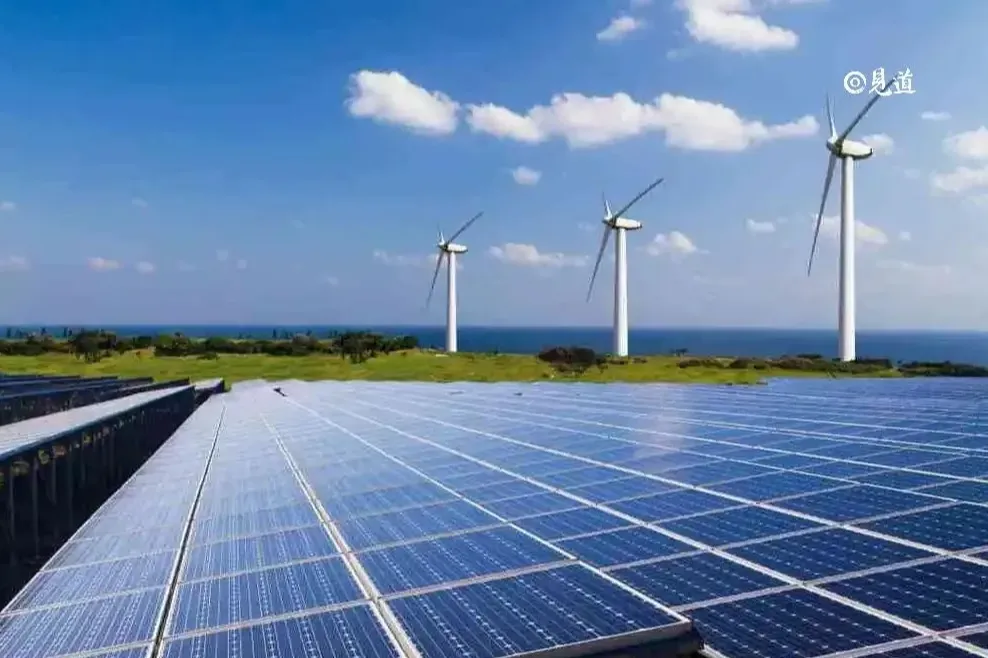
Flying from Dhaka, the capital of Bangladesh, to Cox's Bazar in the southeast of the country, I looked down from the porthole to see a series of red and white towers towering along the winding coastline, their fan blades turning lightly.
This is the Cox's Bazar wind power project (hereinafter referred to as "Koba Wind Power Project"), about 400 kilometers from Dhaka, is also the first centralized wind power project in Bangladesh, invested and developed by China State Power Investment Group Wuling Power Co., LTD., and contracted by China Power Construction Group Chengdu Survey, Design and Research Institute Co., LTD., with a total installed capacity of 66 MW. Since it was connected to the grid in October last year, it has delivered more than 25 million KWH of clean electricity to the local area.
Starting from the Koba Wind Power project booster station, it takes about 15 minutes to drive to the project site along the rural dirt road. Under the fan, the excavator is waving a mechanical arm to level the soil around the base. According to Yin Bobo, safety director of Wuling Power Bangladesh Division, the construction of Koba wind power project has entered the final stage.
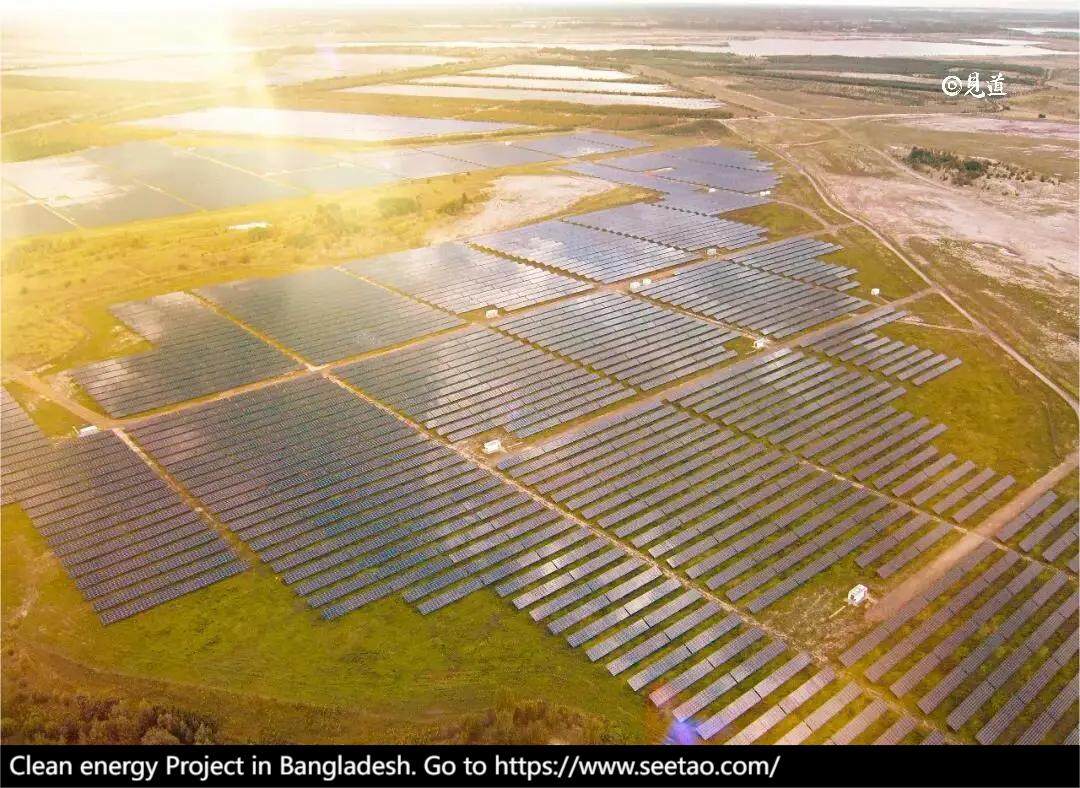
As one of the most densely populated countries in the world, Bangladesh's power infrastructure is weak and its economic and social development is constrained. Local resident Enam told reporters that the Koba wind power project has brought significant changes to the neighborhood.
Cox's Bazar is a tourist city that attracts a large number of tourists every year. Gurney, head of Cox's Bazar district of the Bangladesh Power Development Authority, said that previously, not only hotels, restaurants and other places with large power consumption lacked electricity, but local residents could not be guaranteed electricity. "Today, we have the Koba Wind project, which can meet the electricity needs of about 100,000 homes. With the wind power project in operation, there is a stable and reliable power supply here, and economic development is guaranteed."
Cox's Bazar is on the Bay of Bengal, making it suitable for wind power development, but winds here are slower compared to the mountain environment. Powerchina Chengdu's Cox's Bazar project manager Zhousheng told reporters that the local average annual wind speed is less than 5.5 meters per second. After repeated research and demonstration, the construction team selected the latest low-wind turbine in China, and increased the length of the fan blade from 70.5 meters to 78 meters, thereby increasing the sweep area.
According to Yin Bobo, the local area is often affected by cyclones, and the geology of the alluvial plain area contains a lot of sediment, and the basic conditions are poor. After conducting in-depth investigations and detailed surveys, the Chinese team increased the diameter of the tower to 4.58 meters and raised the height of the fan base to 4.5 meters, effectively improving the fan's ability to withstand typhoons.
Gurney said China's new energy technologies are affordable and easy to promote. "We look forward to further strengthening cooperation with China in the field of green energy and promoting the development of Bangladesh's wind power industry." Editor/Xu Shengpeng
Comment
 Praise
Praise
 Collect
Collect
 Comment
Comment
 Search
Search


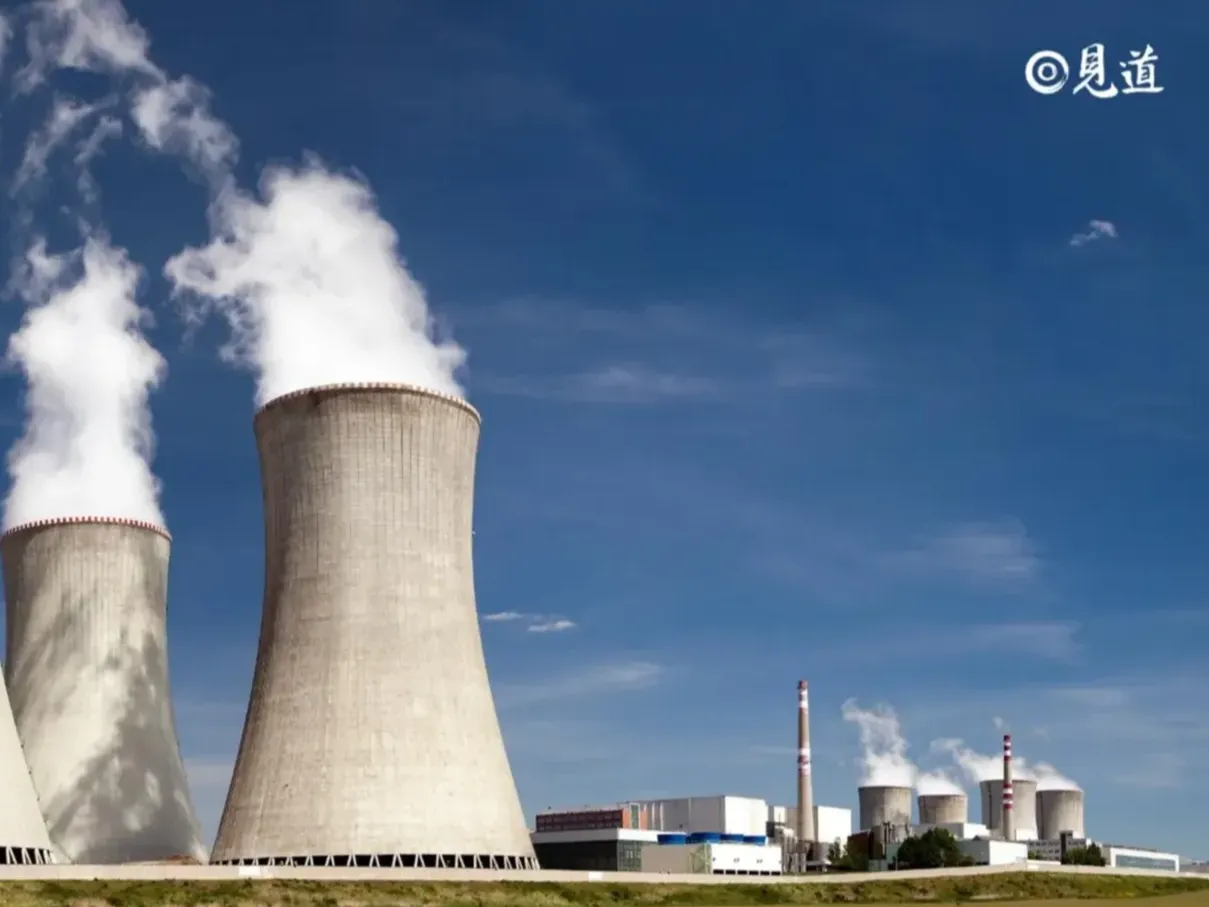

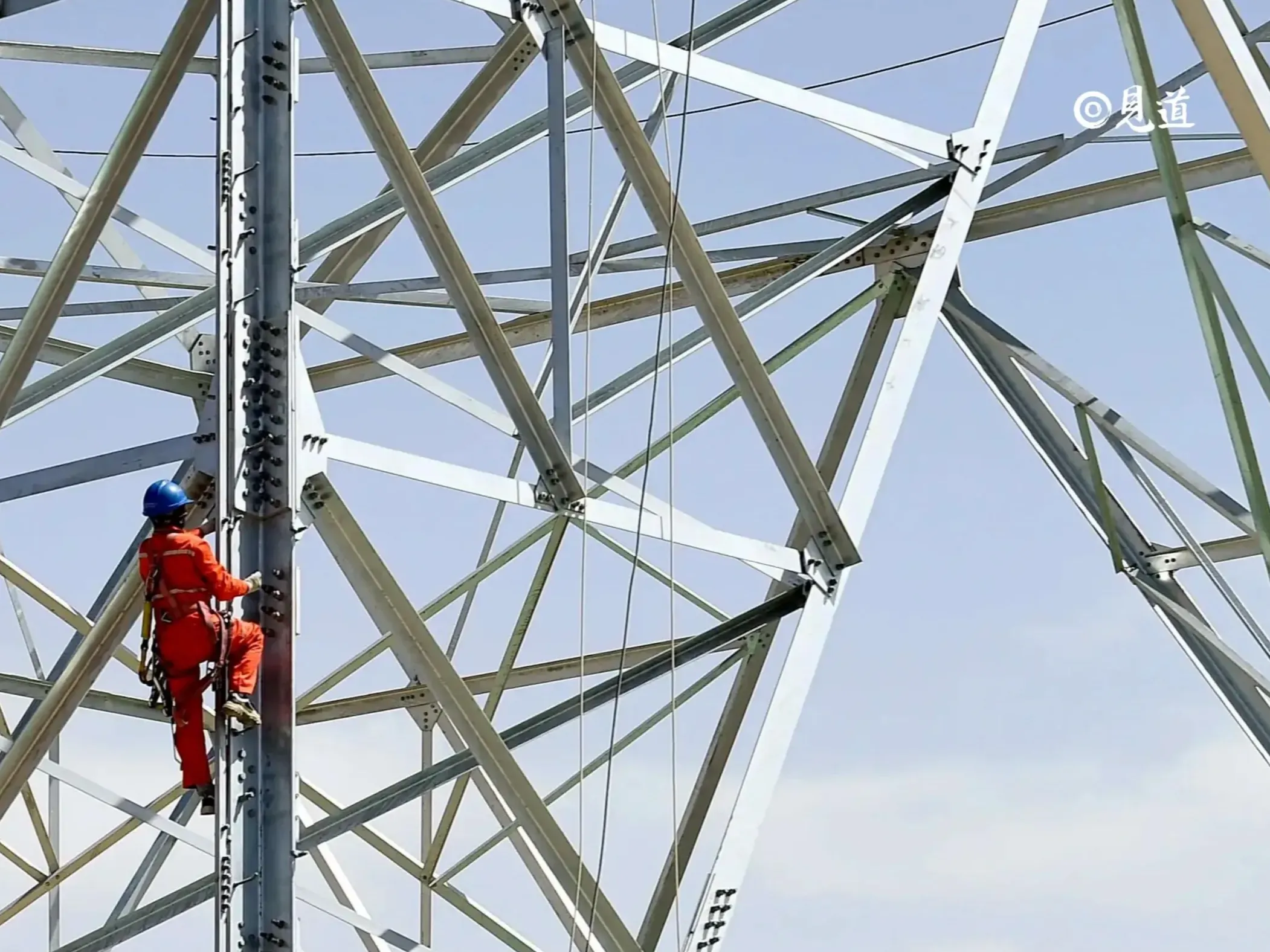
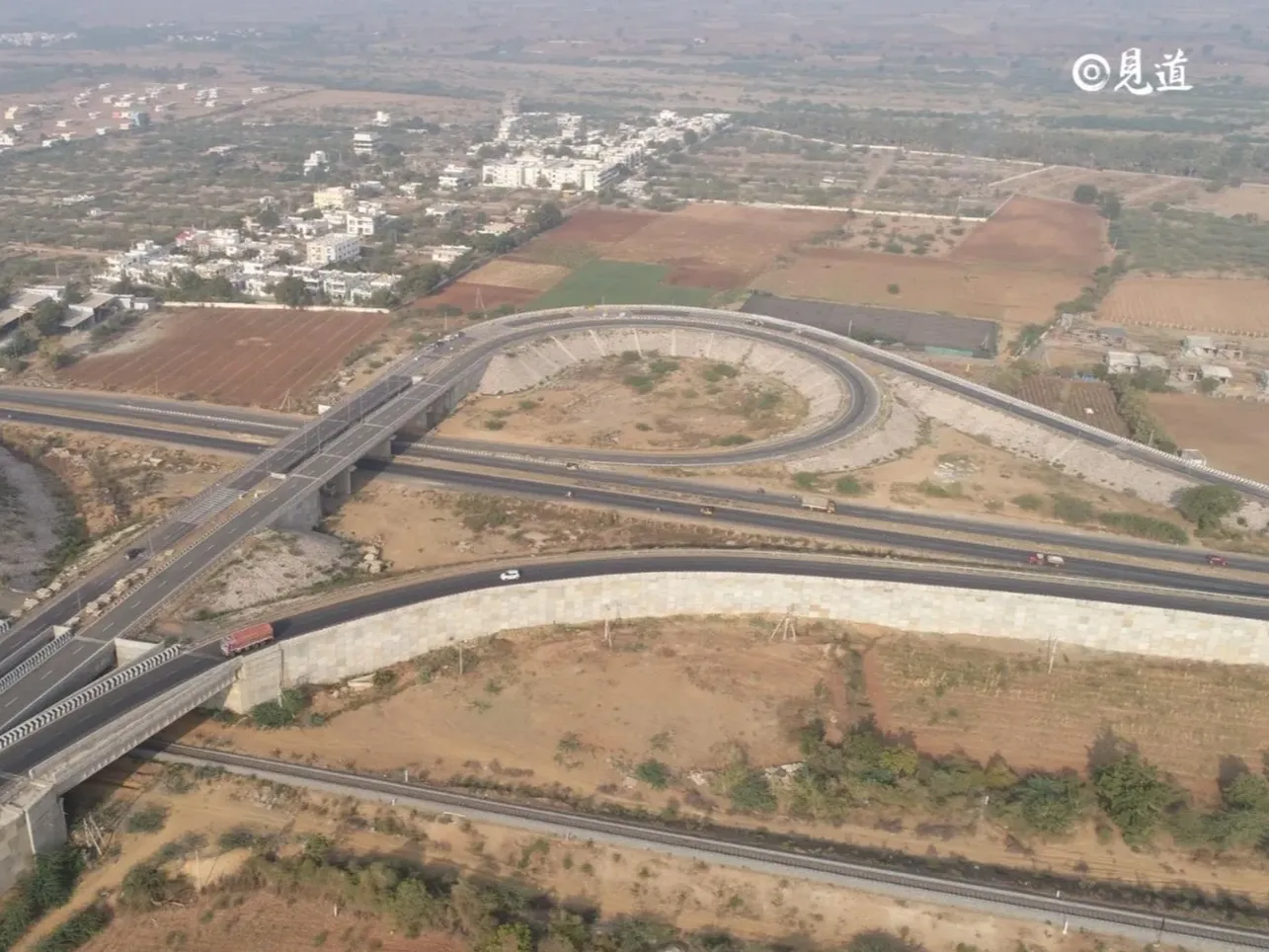
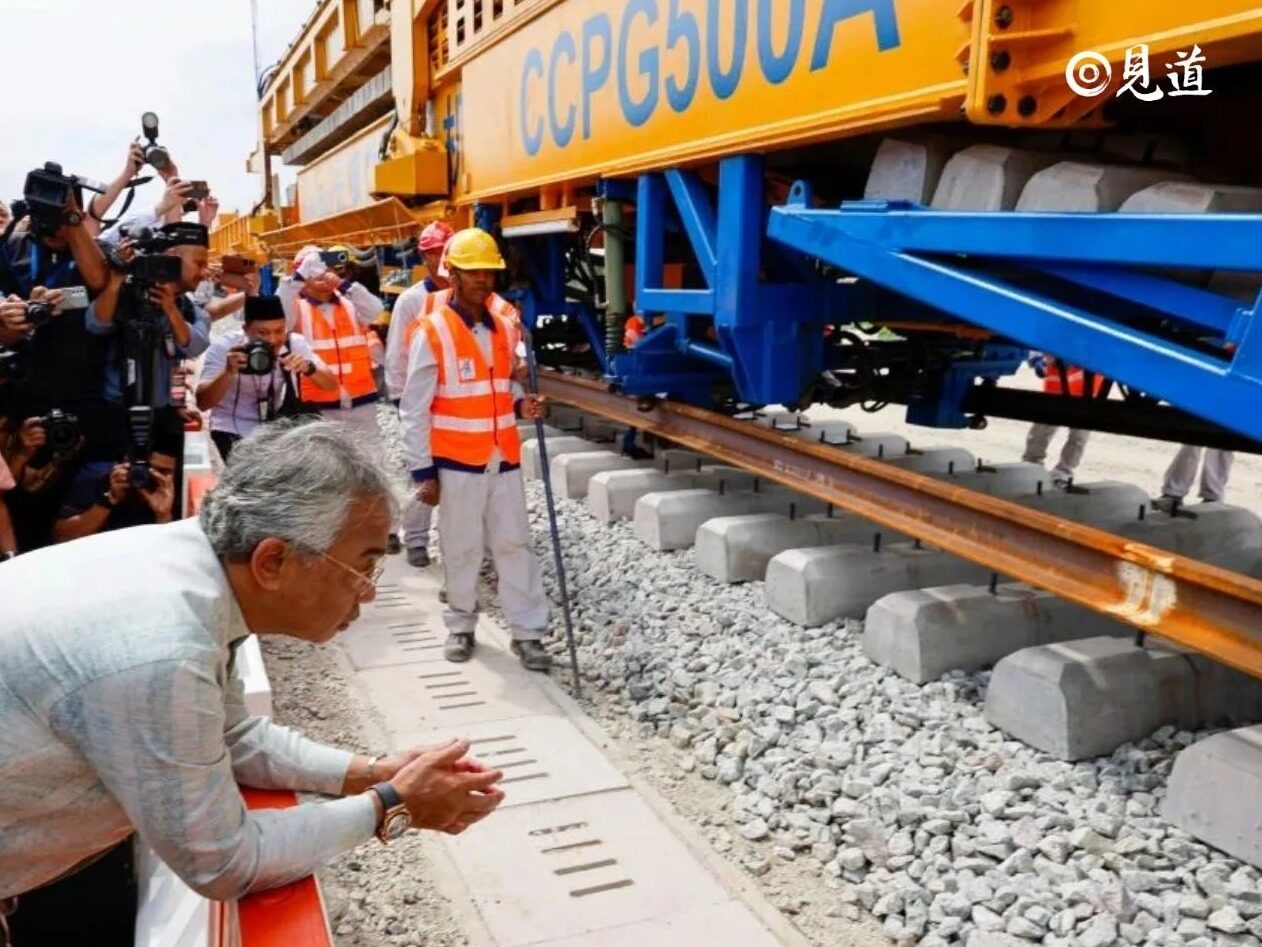
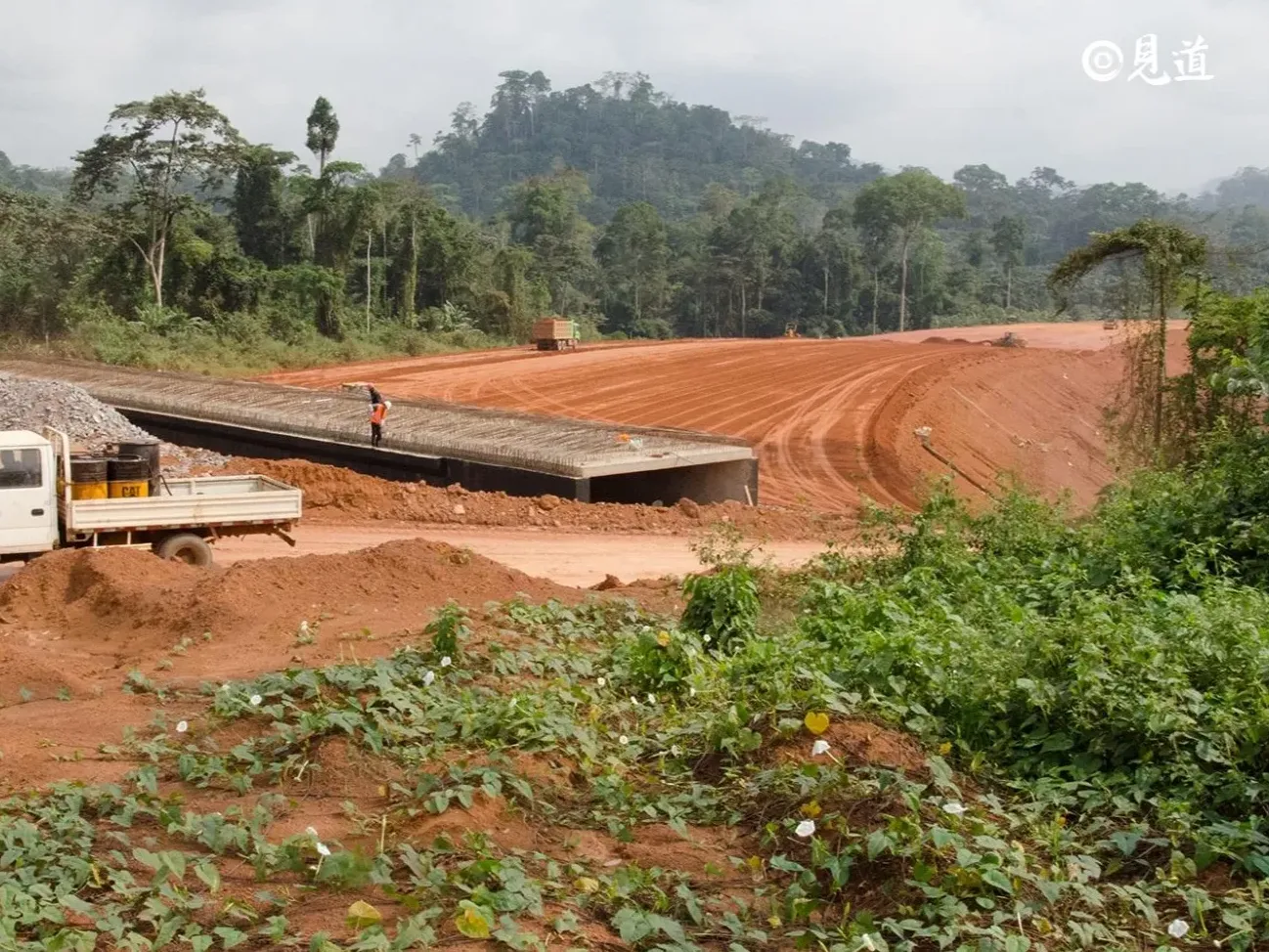






Write something~